Beautiful and Historical Kyiv in Resistance Against Russian Invasion
Where is Located Kyiv in Ukraine? Saint Sophia Cathedral is one of many stunning churches, and historical places in beautiful Kyiv. Kyiv's History, and Kyiv's Ethnic Composition and more info...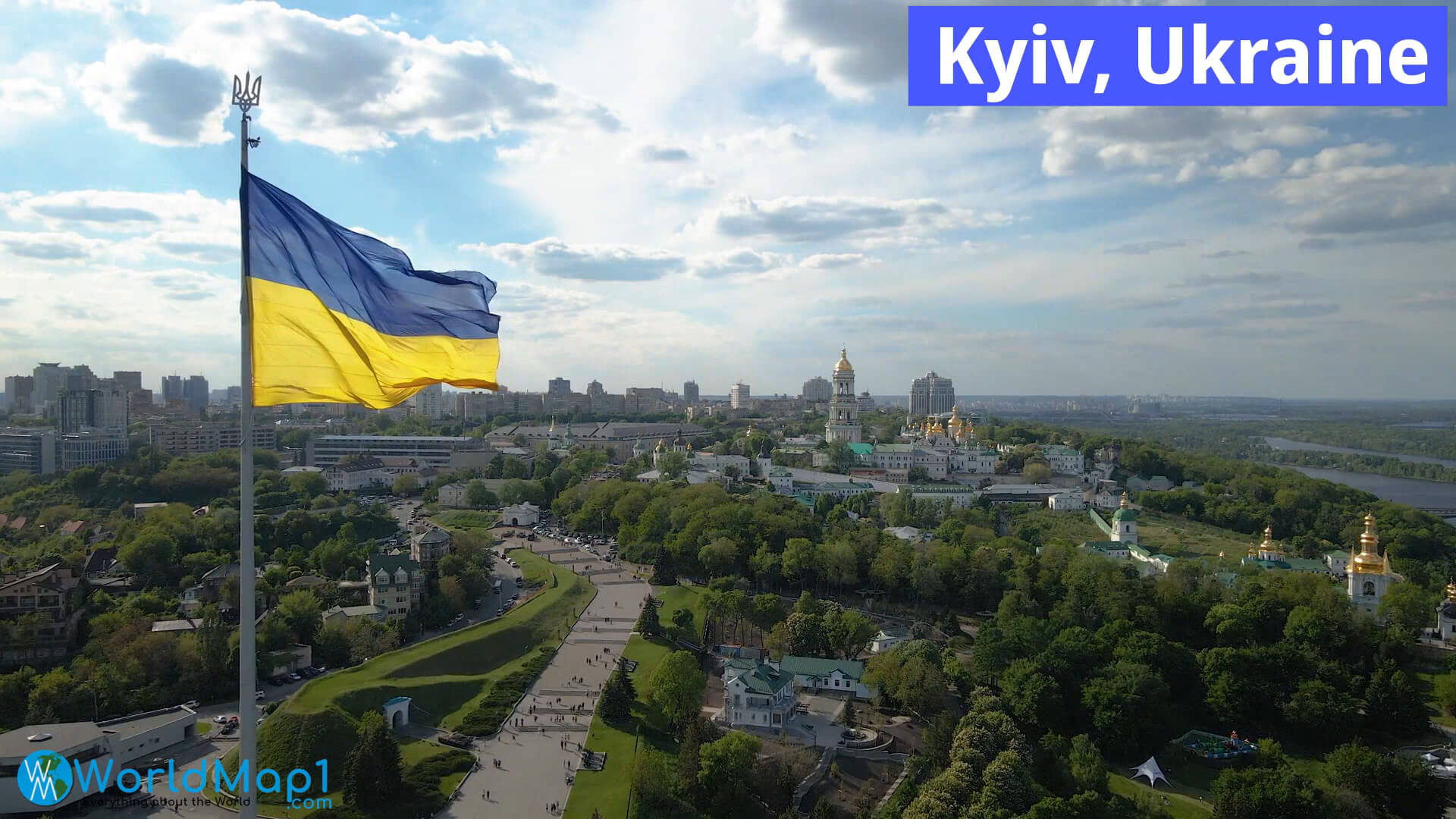
Beautiful and Historical Kyiv in Resistance Against Russian Invasion
Please subscribe on "World Guide" channnel on Youtube at youtube.com/c/WorldGuide
Kyiv or Kiev is the capital and most populous city of Ukraine. Kyiv is in north-central Ukraine along the Dnieper River and has a population of 2,962,180, making Kyiv the 7th populous city in Europe.Golden Gate in Kiev
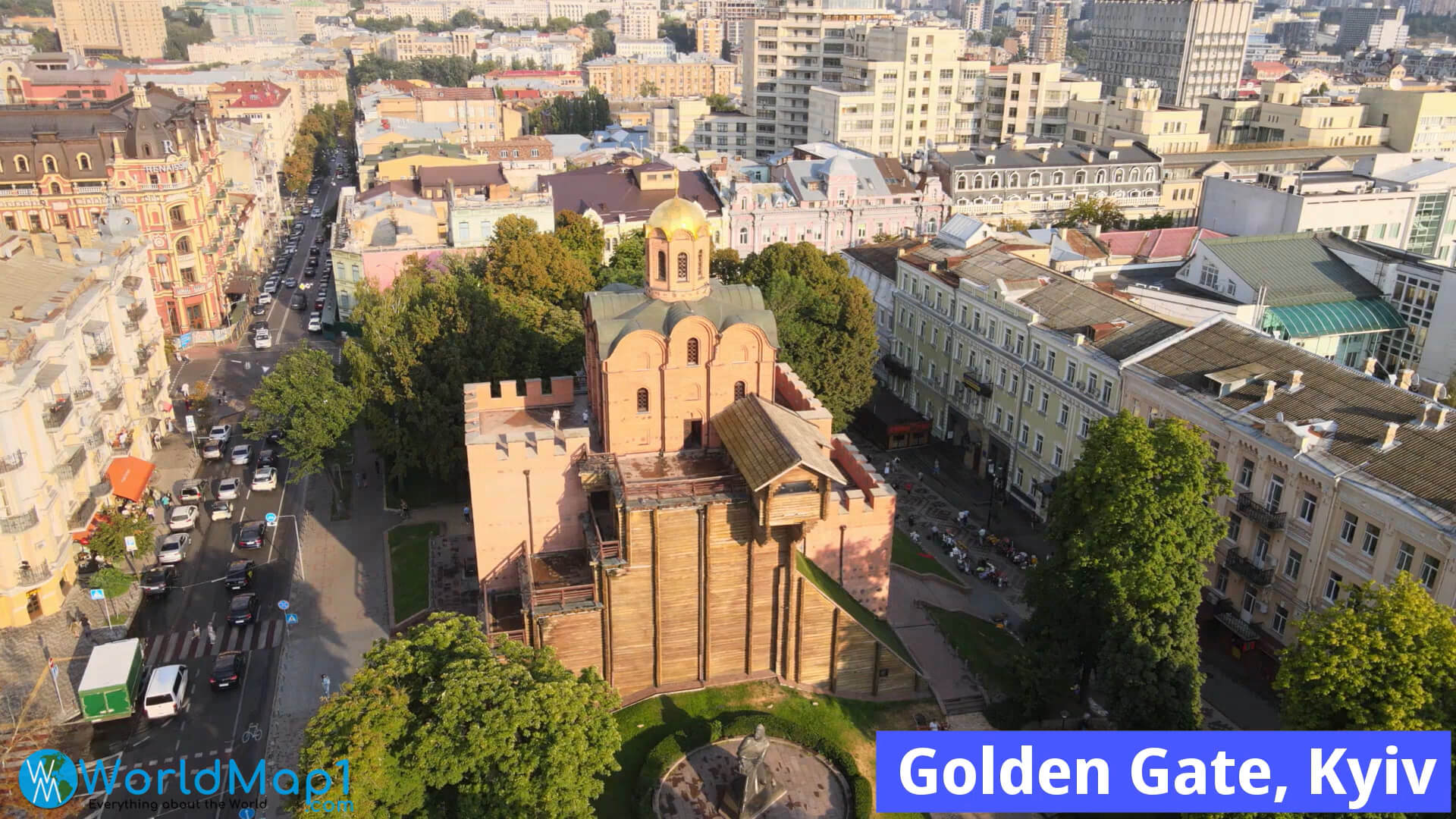
Kyiv's History
Kyiv's name is said to derive from the name of Kyi, one of its four legendary founders. During its history, Kyiv, one of the oldest cities in Eastern Europe, passed through several stages of prominence and obscurity.Holy Dormition Cathedral in Kiev
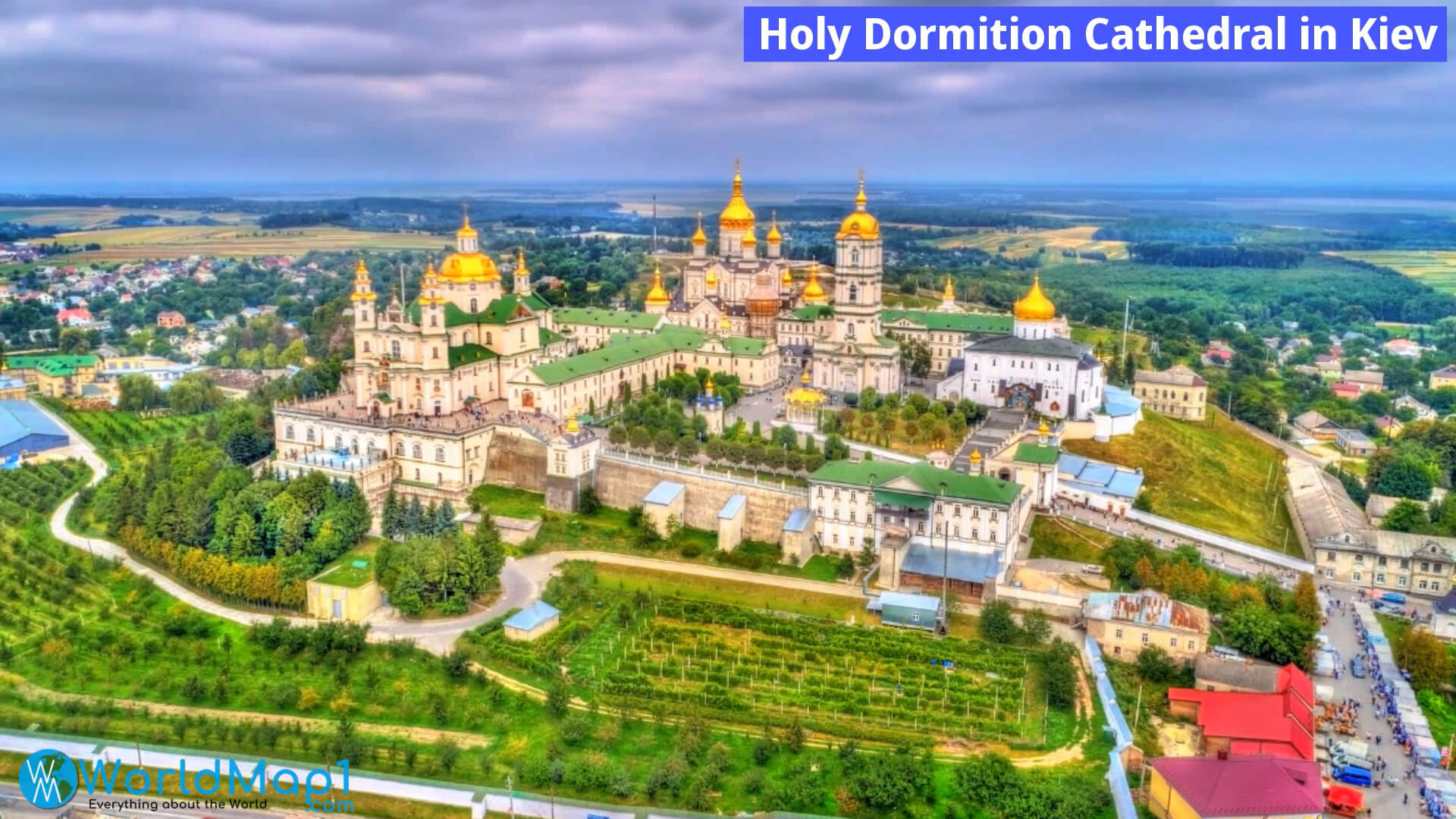 The city prospered again during the Russian Empire's Industrial Revolution in the late 19th century. In 1918, after the Ukrainian People's Republic declared independence from Soviet Russia, Kyiv became its capital. From 1921 onwards, Kyiv was a city of Soviet Ukraine, which was proclaimed by the Red Army, and, from 1934, Kyiv was its capital. The city was almost completely ruined during World War II but quickly recovered in the postwar years, remaining the Soviet Union's third-largest city.
The city prospered again during the Russian Empire's Industrial Revolution in the late 19th century. In 1918, after the Ukrainian People's Republic declared independence from Soviet Russia, Kyiv became its capital. From 1921 onwards, Kyiv was a city of Soviet Ukraine, which was proclaimed by the Red Army, and, from 1934, Kyiv was its capital. The city was almost completely ruined during World War II but quickly recovered in the postwar years, remaining the Soviet Union's third-largest city.
Independence Square of Kiev
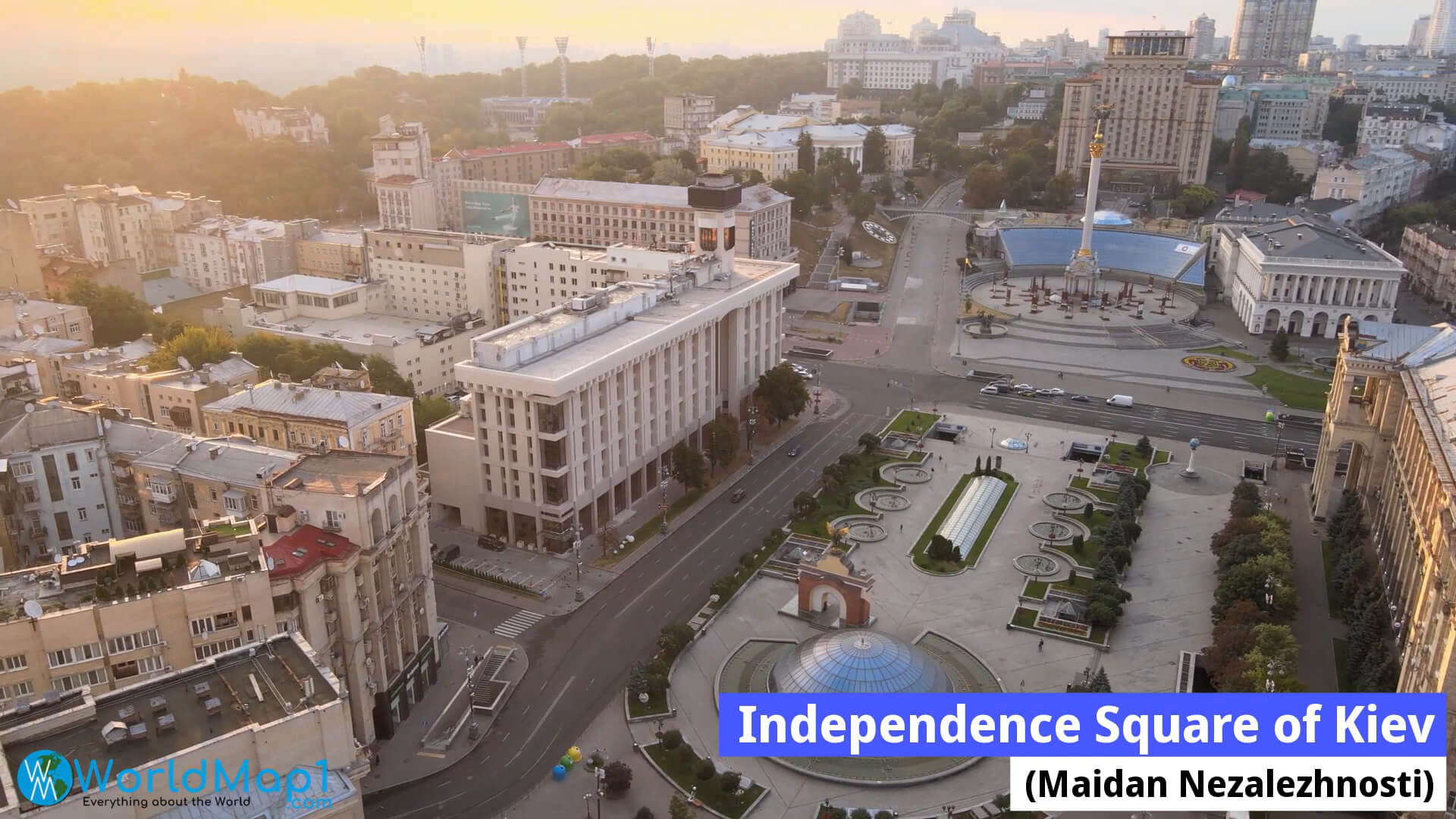 In the course of the collapse of the Soviet Union the Ukrainian parliament proclaimed the Declaration of Independence of Ukraine in the city on 24 August 1991. In 2004–2005, the city played host to the largest post-Soviet public demonstrations up to that time, in support of the Orange Revolution. From November 2013 until February 2014, central Kyiv became the primary location of Euromaidan.
In the course of the collapse of the Soviet Union the Ukrainian parliament proclaimed the Declaration of Independence of Ukraine in the city on 24 August 1991. In 2004–2005, the city played host to the largest post-Soviet public demonstrations up to that time, in support of the Orange Revolution. From November 2013 until February 2014, central Kyiv became the primary location of Euromaidan.
Intercession Convent in Kyiv
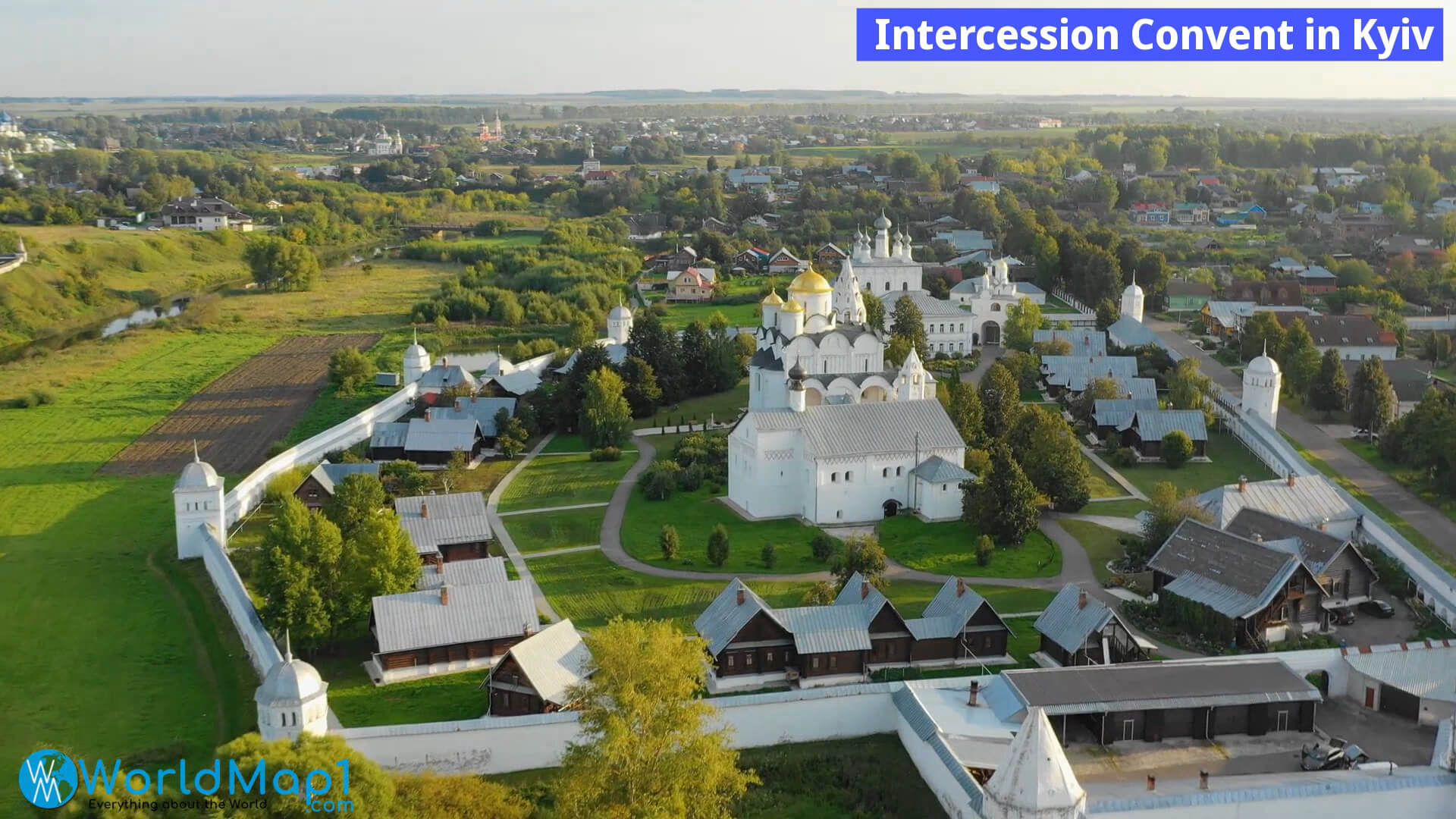
Kiev City Center Map
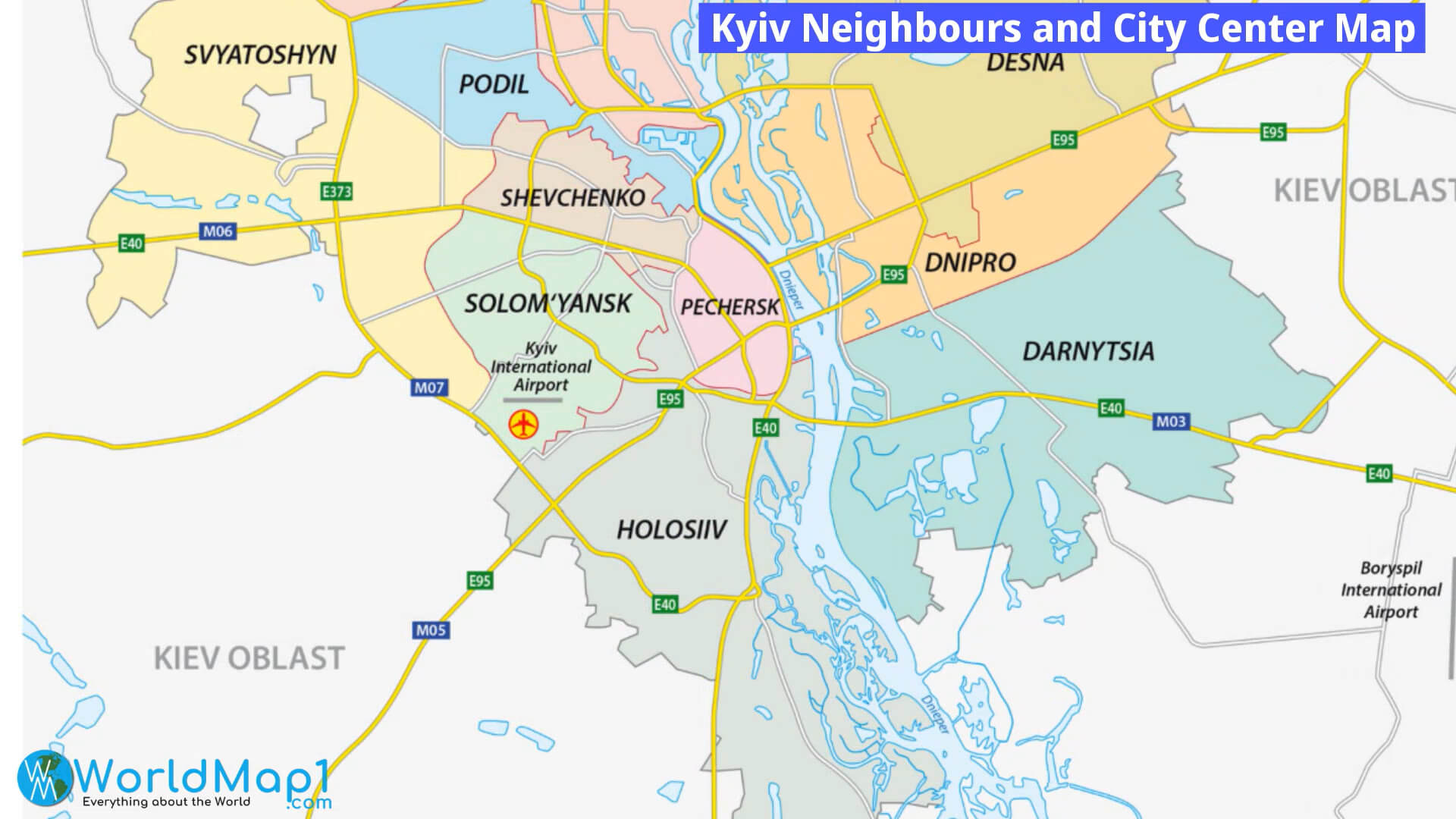
Kyiv's Ethnic Composition
A 2015 study by the International Republican Institute found that 94% of Kyiv was ethnic Ukrainian, and 5% ethnic Russian.Please view more Ukraine Cities Aerial Views, Maps and Photos
Ukraine Ukraine Map Kyiv Map Where is located Kyiv in UkraineKiev Neighbours and City Center Map
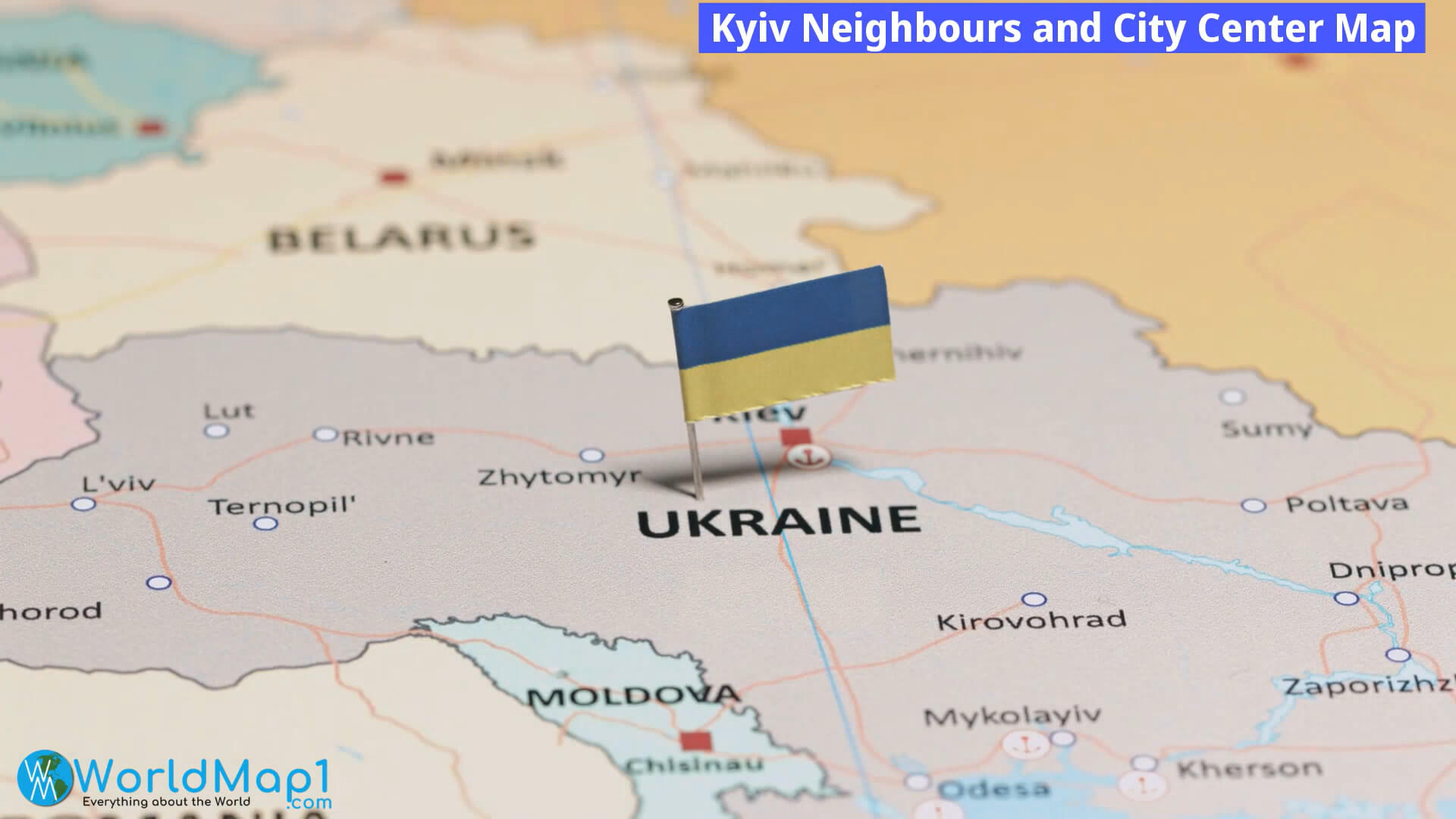
Kyiv Aerial View
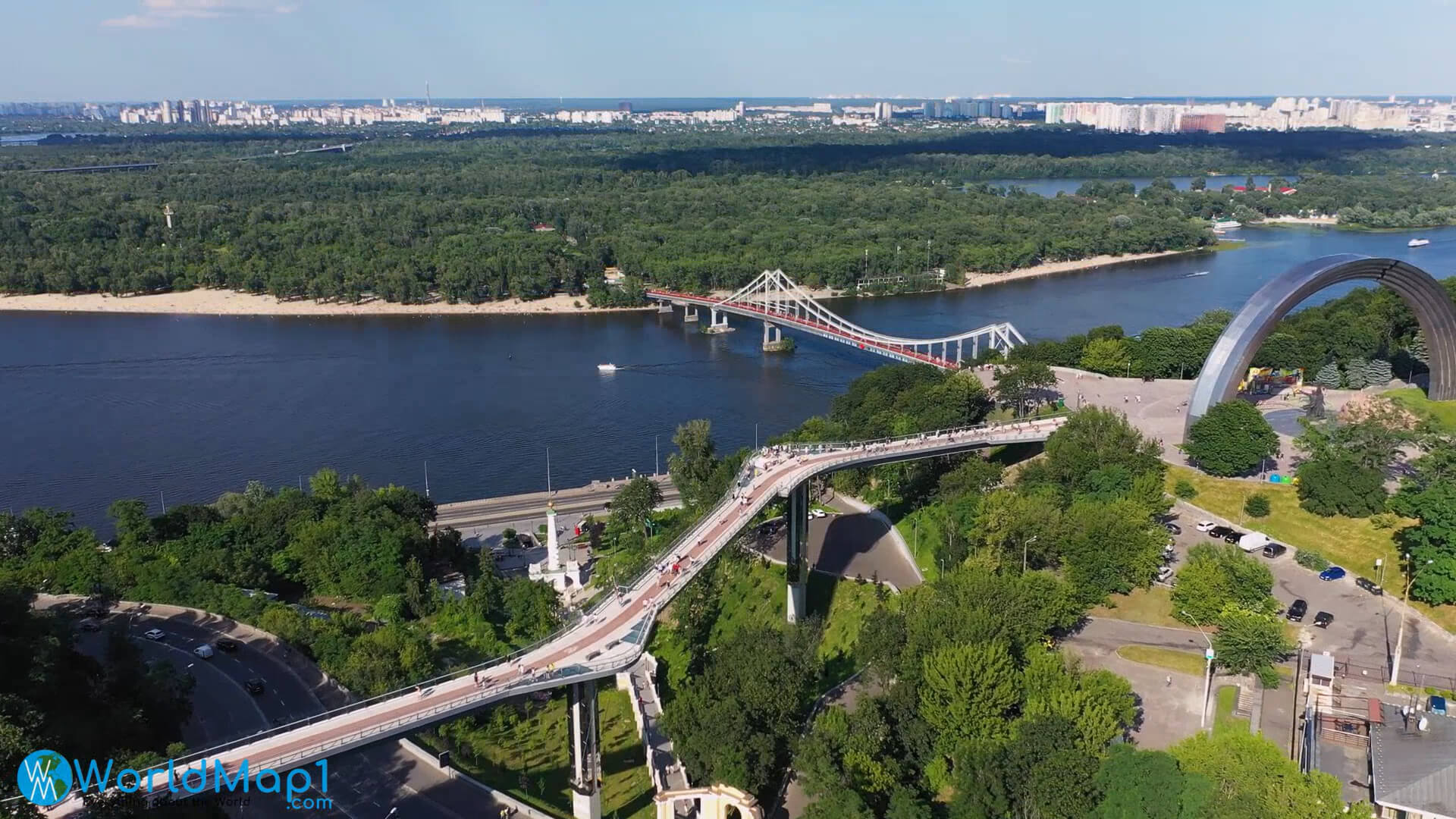
Maidan Nezalezhnosti in Kiev
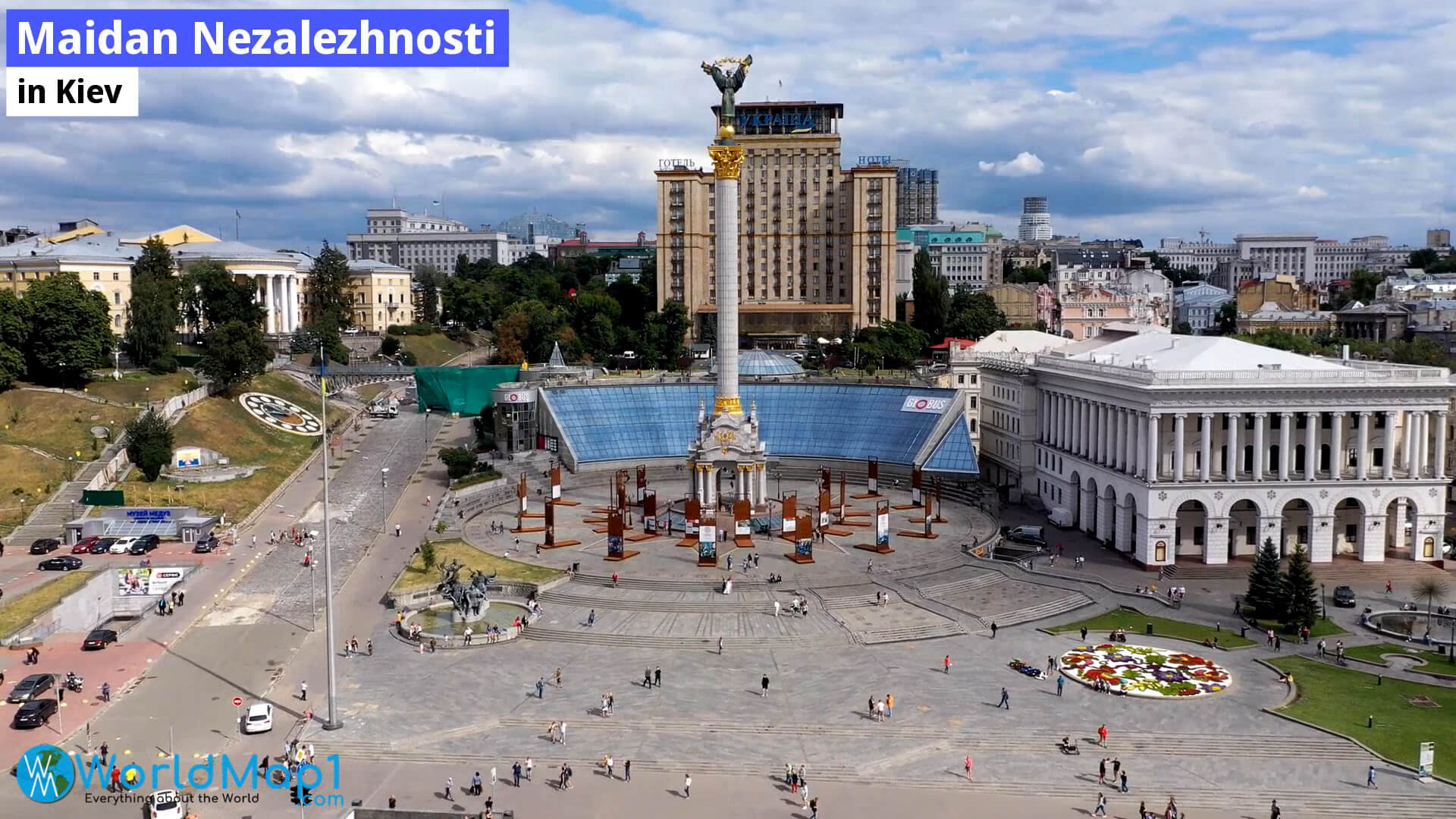
Mariinskyi Palace in Kiev
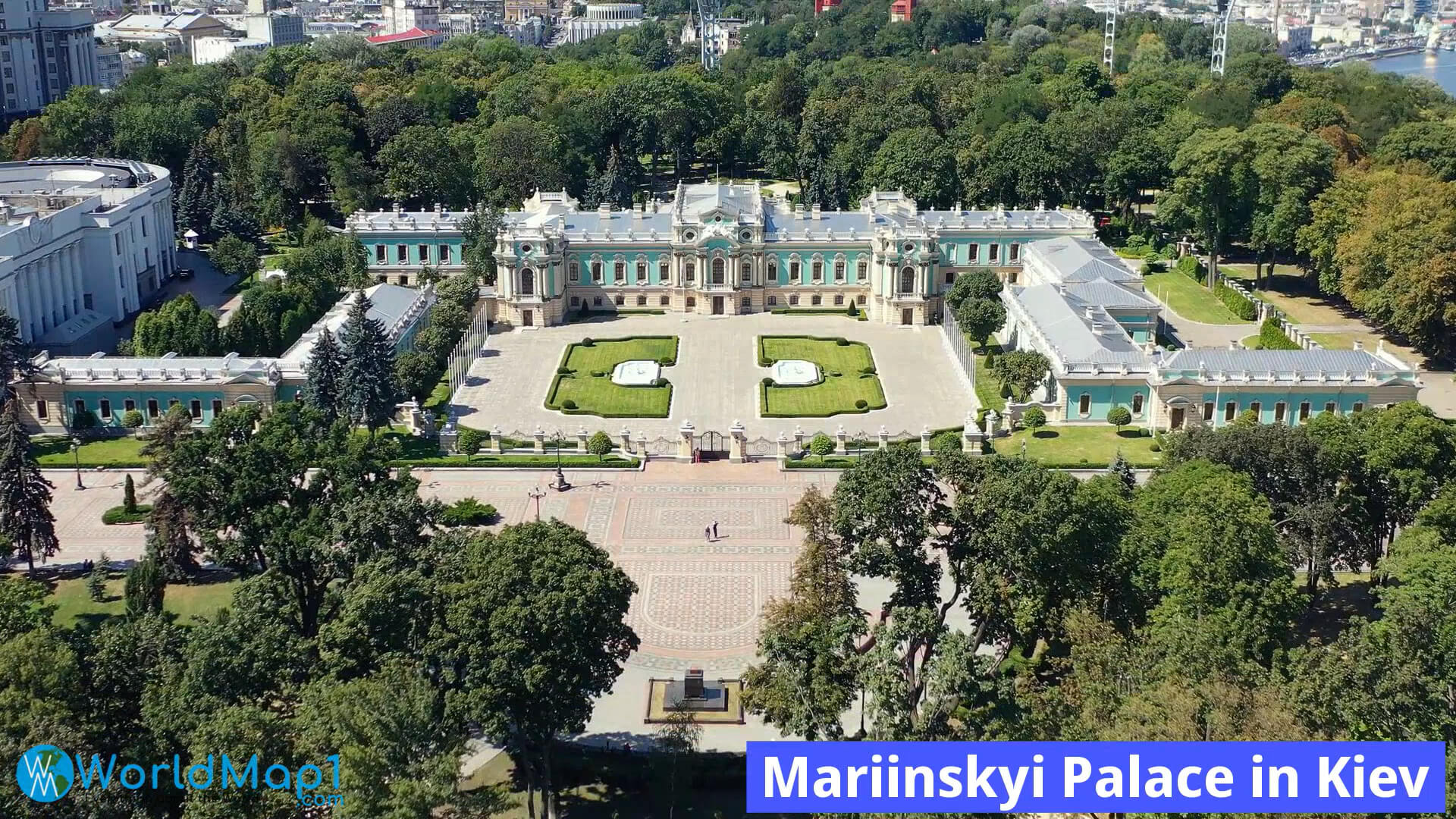
Pechersk Lavra in Kyiv
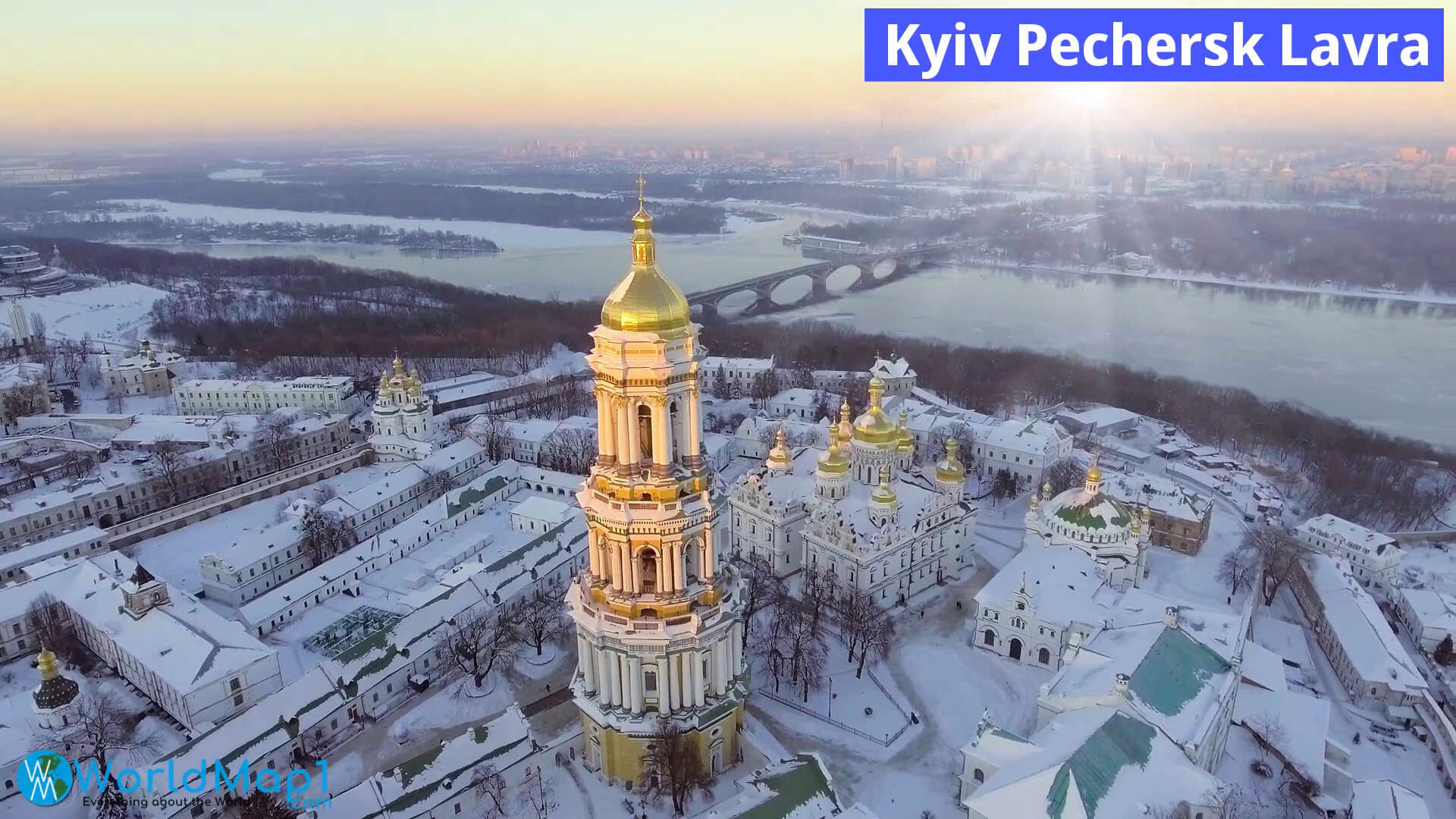
Where is Located Kyiv in Ukraine
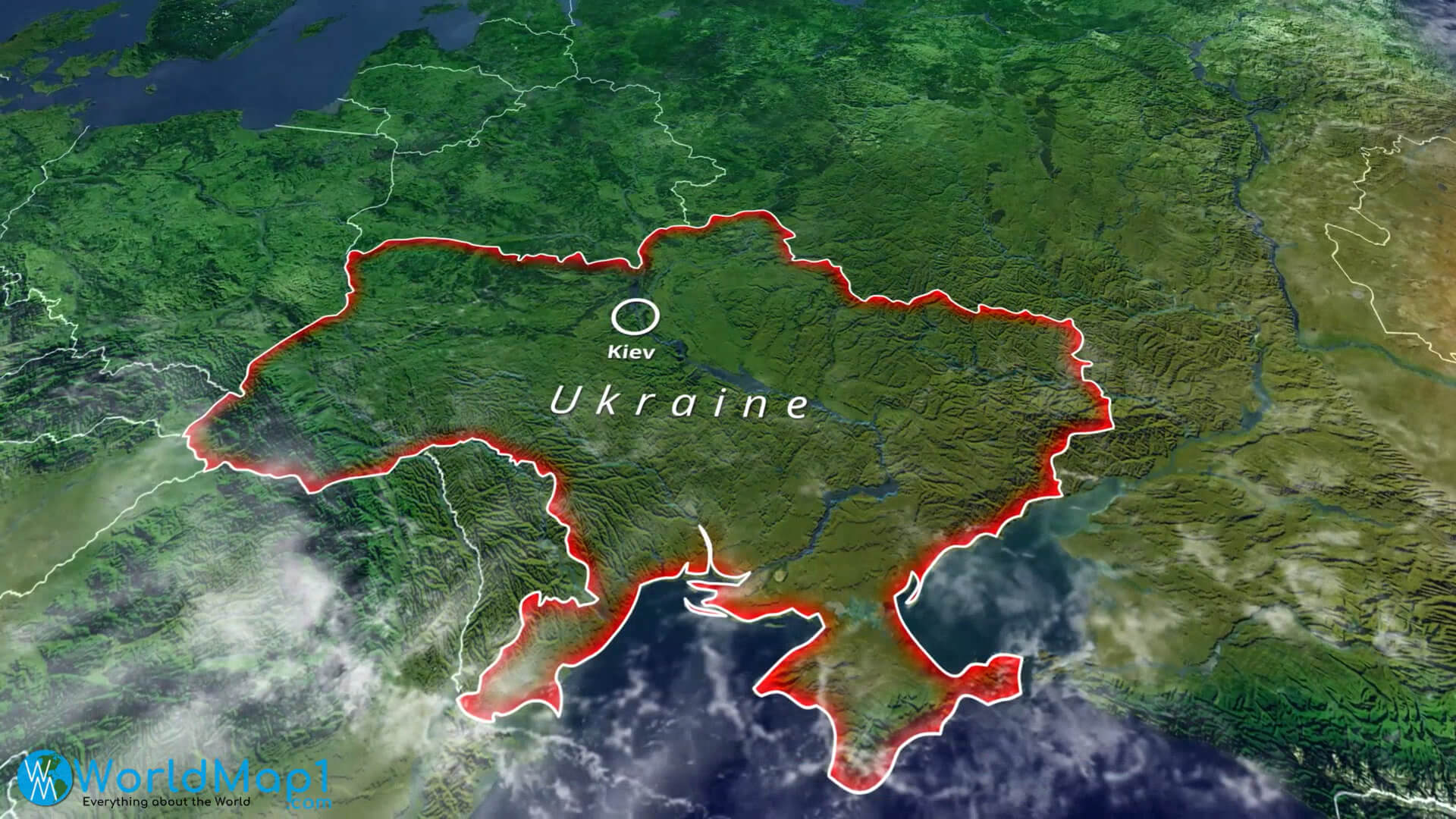
St Andrew Church in Kyiv
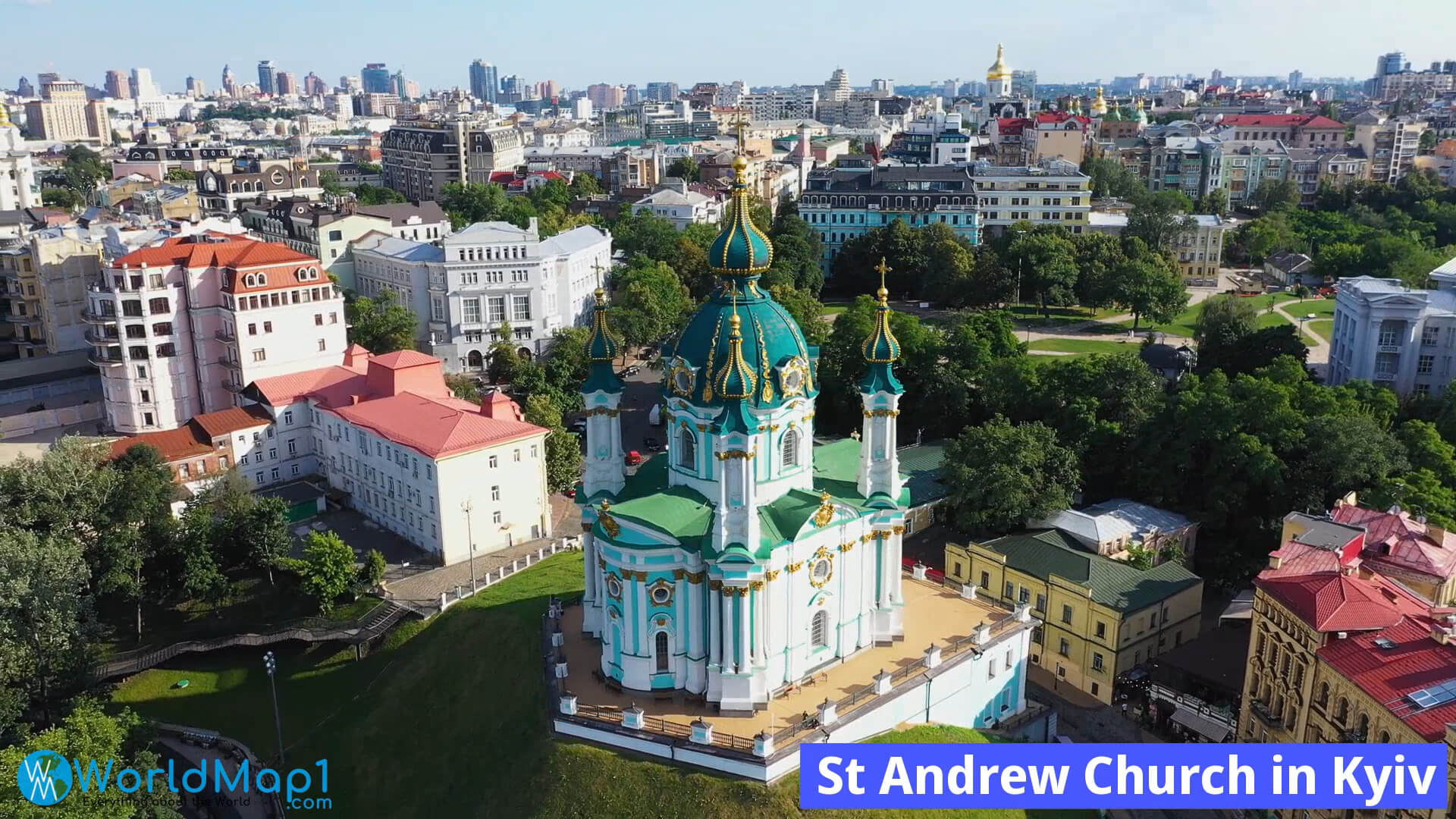
St Michael's Golden Domed Monastery in Kyiv
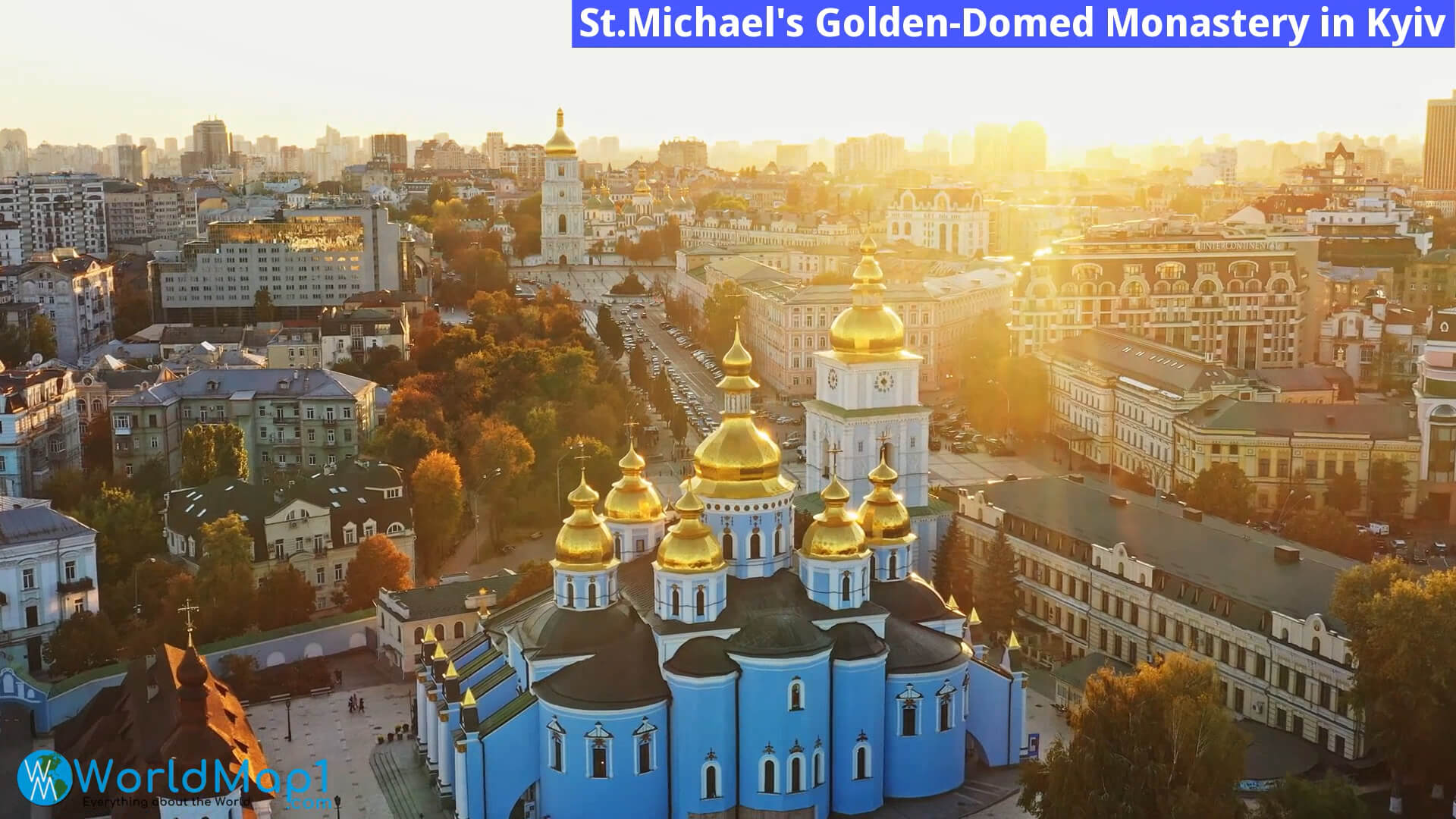
St Michael's Golden-Domed Monastery in Kyiv
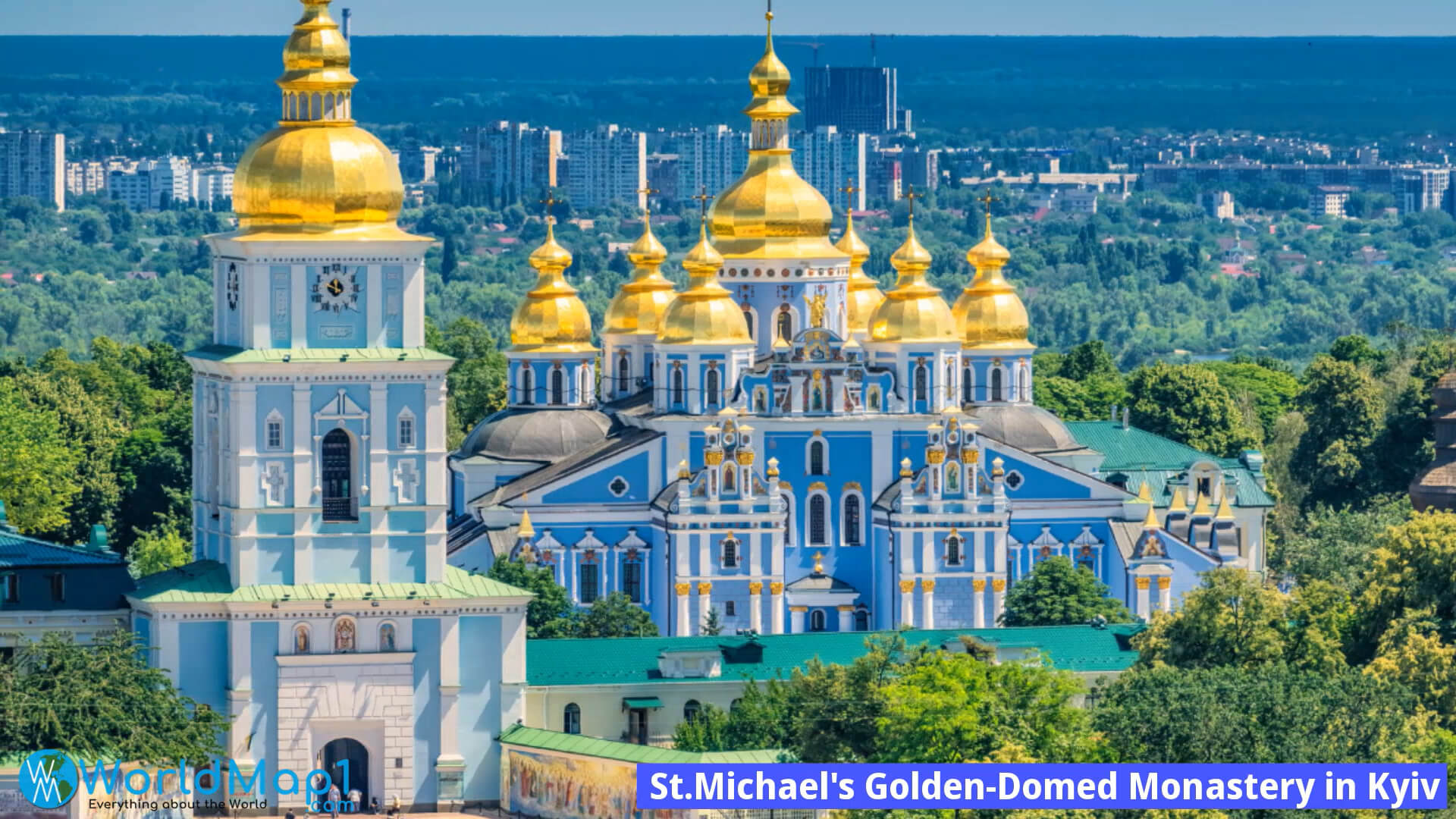
St Nicholas Roman Catholic Cathedral in Kiev
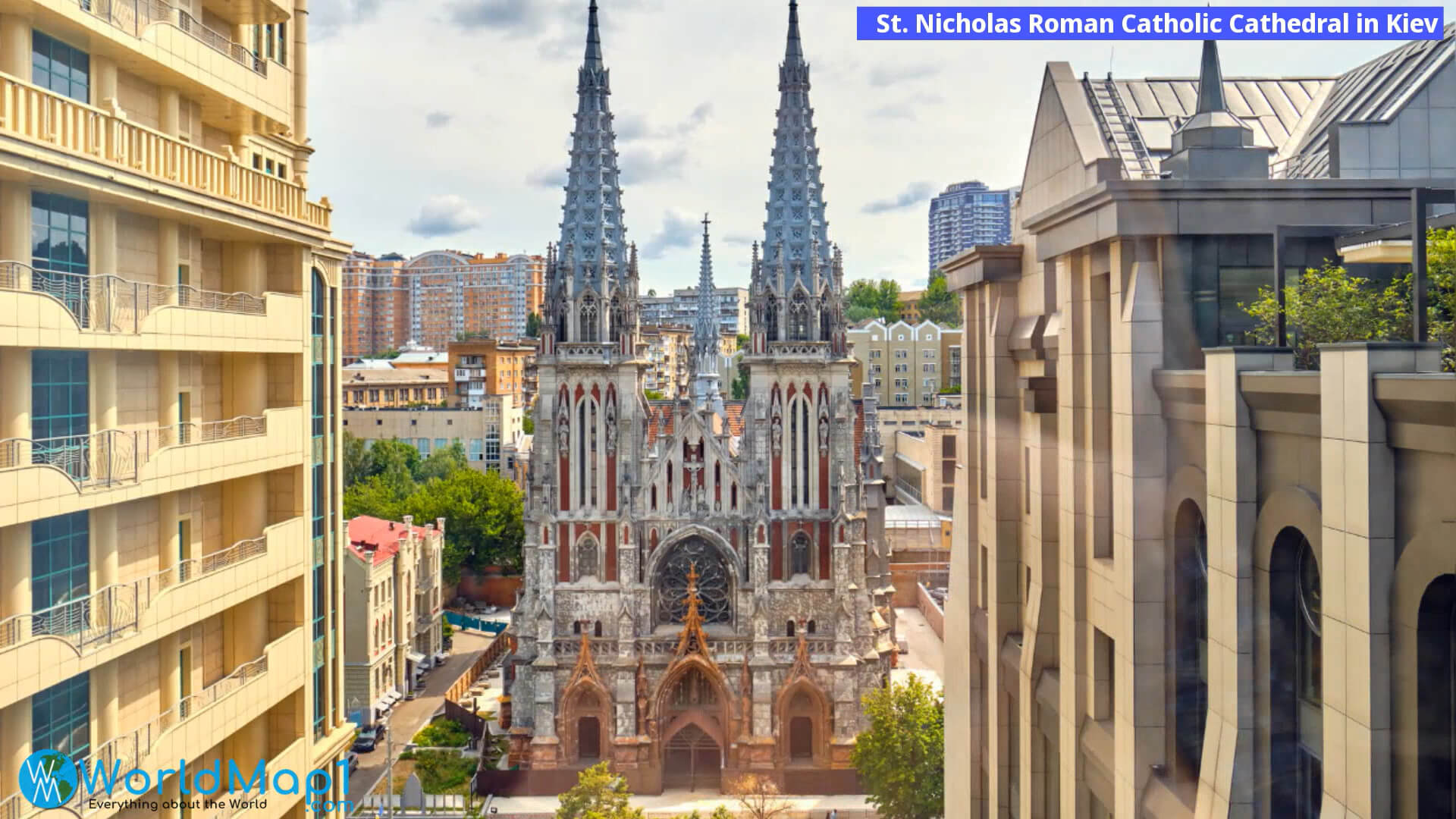
St Andrew's Church in Kyiv
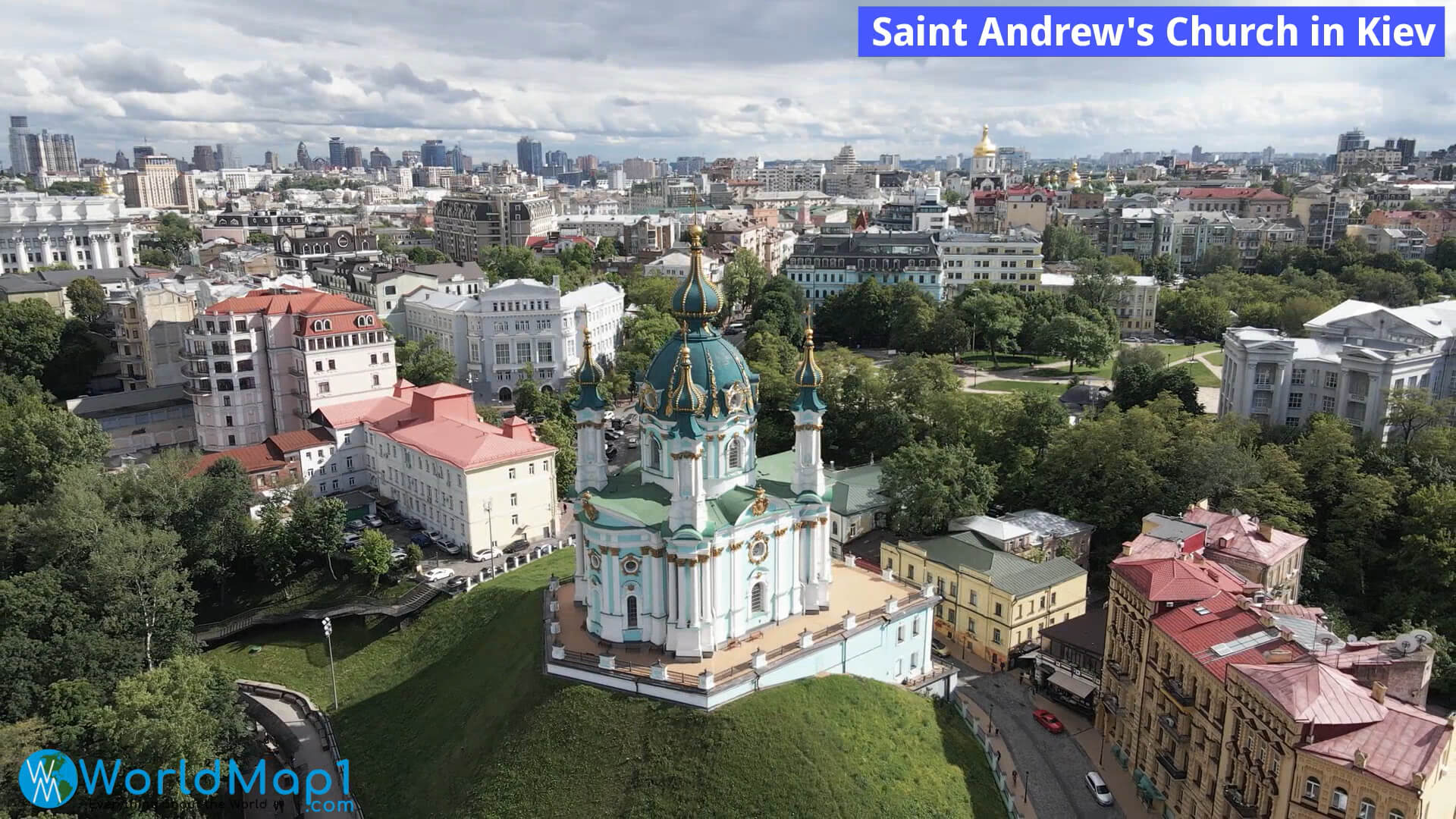
Please view more Ukrainian cities aerial views, map and photos
Where are Located Largest Cities of Ukraine, Kyiv, Kharkiv, Odessa, Dnipro Where is located Kyiv in Ukraine Where is located Kharkiv in Ukraine Where is located Odessa in Ukraine Where is located Dniproin UkraineSt Sophia Cathedral in Kiev
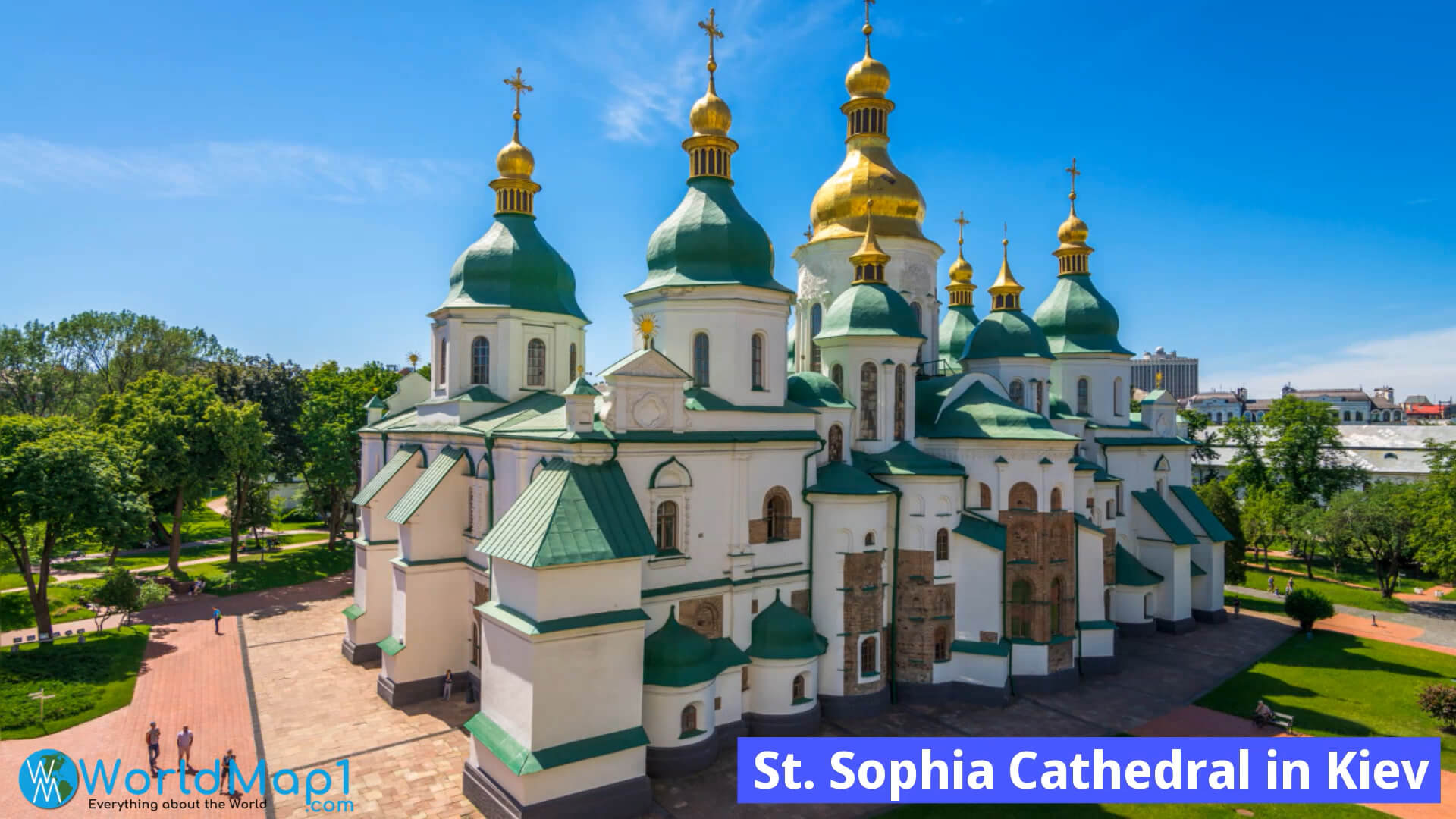
St Volodymyr's Cathedral in Kiev
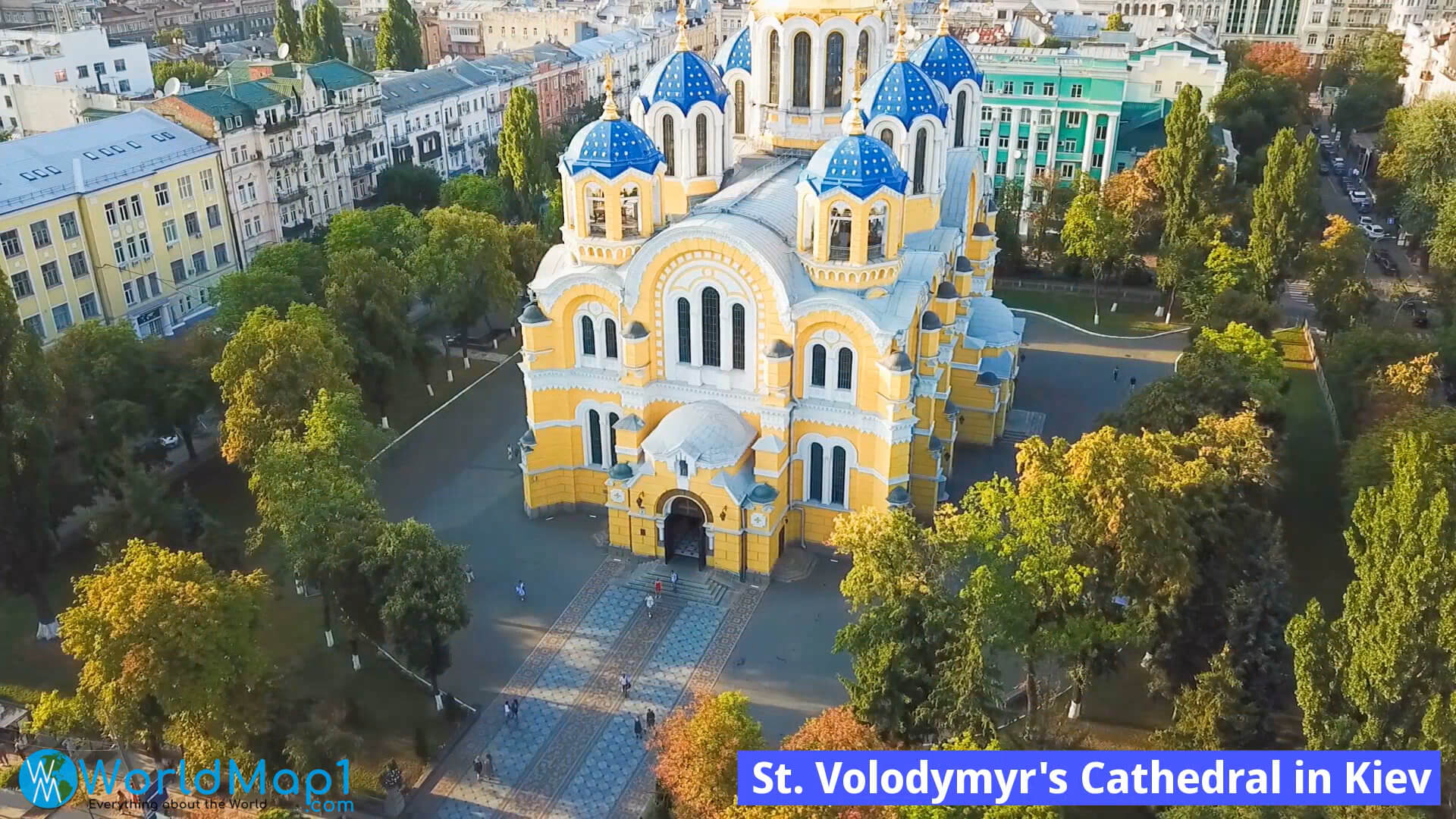
Ukraine Russia War 2022 Independence Square of Kiev
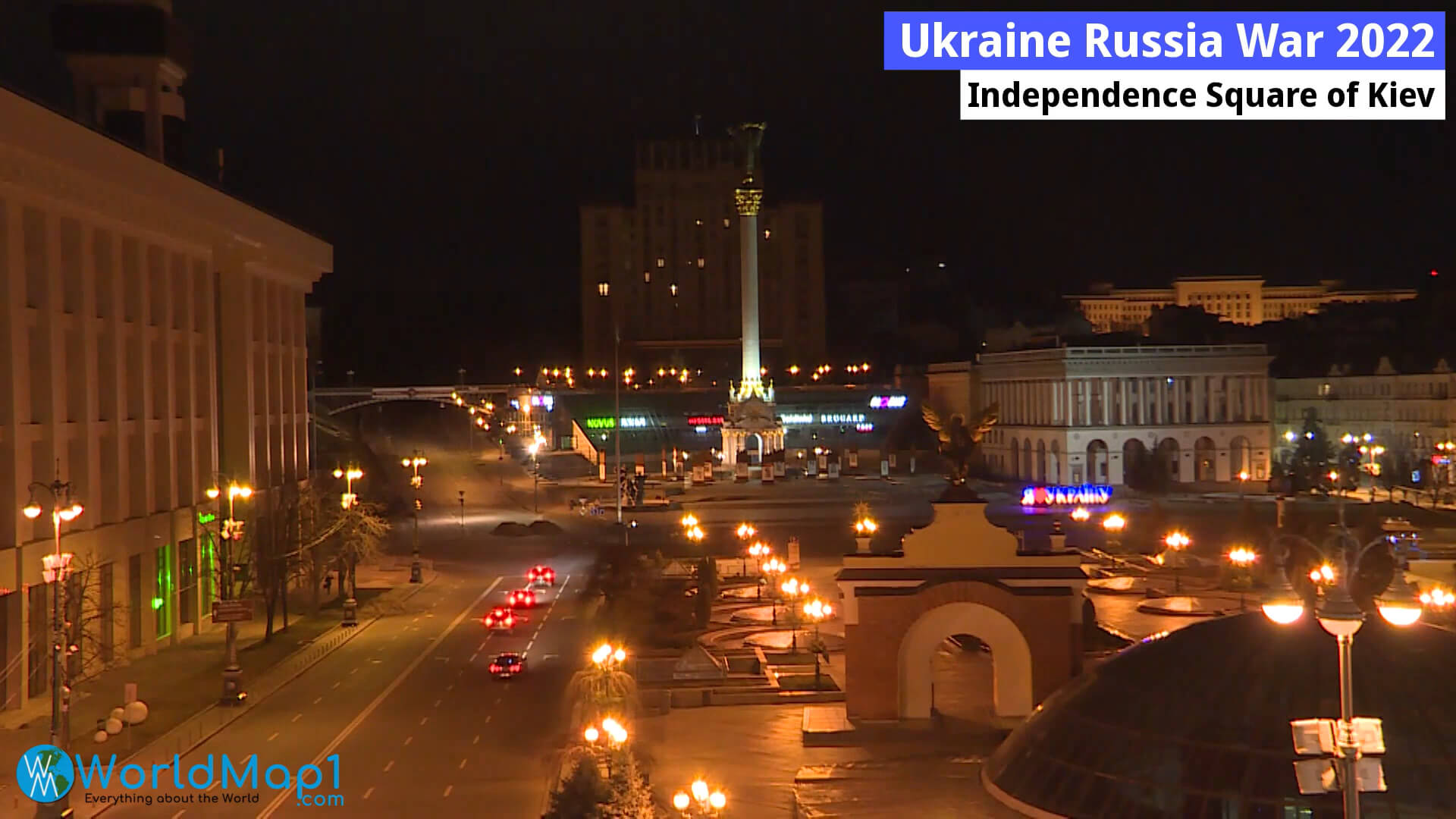
Ukraine Russia War 2022 Ukrainian Resistance in Kiev
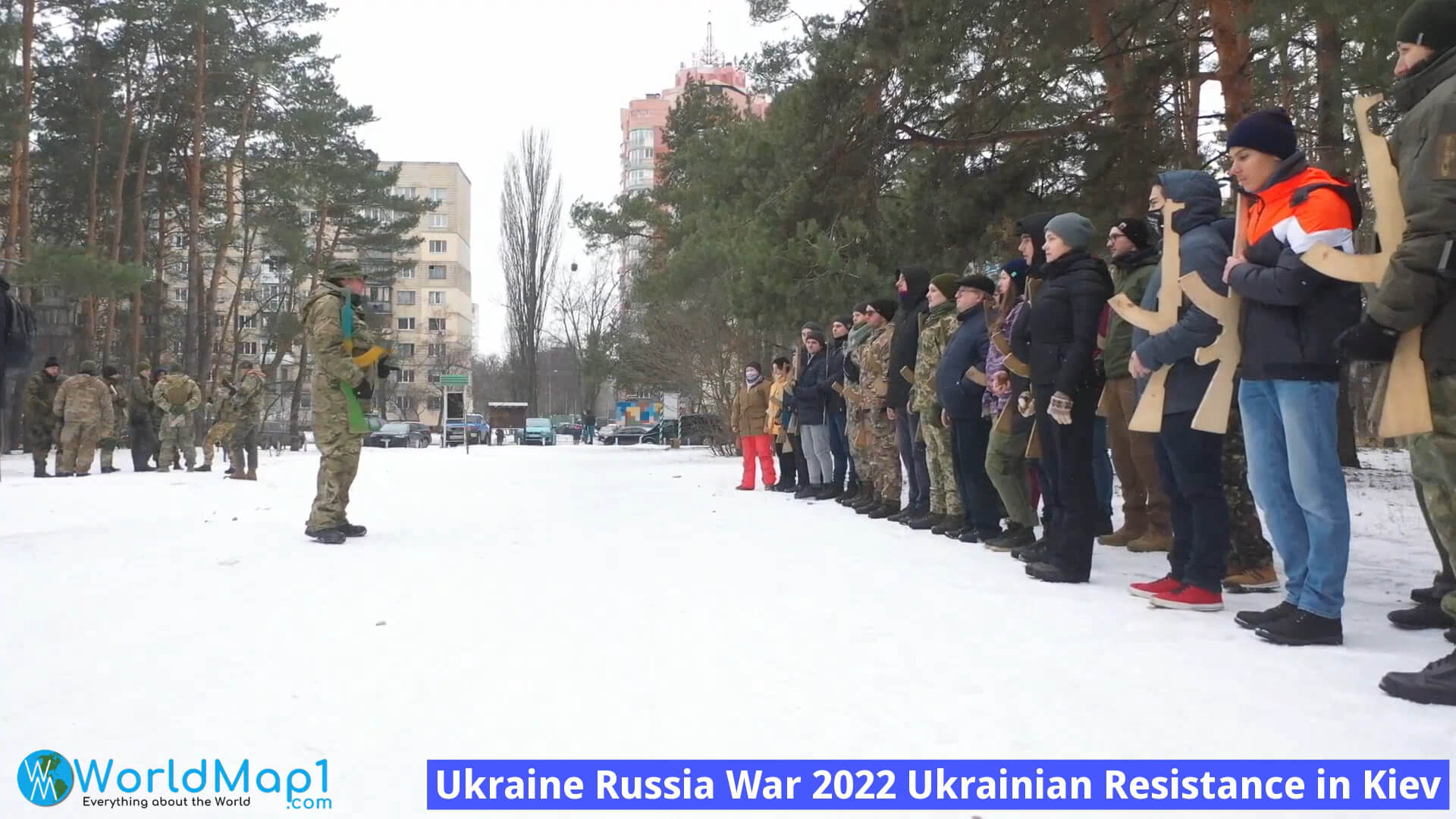
- Head of Performance Marketing
- Head of SEO
- Linkedin Profile: linkedin.com/in/arifcagrici
Addresse: Hakarinne 2 Espoo, Uusimaa - Finland 02210
Web: istanbul-city-guide.com
Email: [email protected]
Web: istanbul-city-guide.com
Email: [email protected]
Copyright istanbul-city-guide.com - 2004 - 2025. All rights reserved. Privacy Policy | Disclaimer
